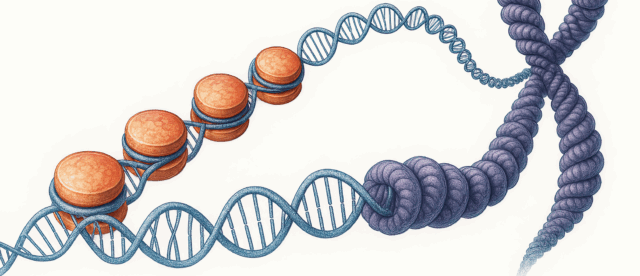EpiTOF is a powerful platform that allows highly multiplexed analysis of chromatin modifications in single cells and facilitates the identification of global changes of chromatin marks between biological samples.
Cytometry continues to evolve, with instrumentation and technologies adapted to the changing needs of labs doing single-cell analysis. Features of a cytometer like speed, imaging capabilities and signal-to-noise ratio enable expanded applications such as immunophenotyping and cell cycle analysis. As these features become more advanced, newer applications continue to be discovered.
EpiTOF (epigenetic landscape profiling) is a powerful platform that allows highly multiplexed analysis of chromatin modifications in single cells and facilitates the identification of global changes of chromatin marks between biological samples. This may be broadly employed to help us better understand the roles of epigenetic mechanisms in the regulation of hematopoietic differentiation and immune cell physiological functions.
Since EpiTOF is a CyTOF™ based analytical approach, it enables the simultaneous measurement of epigenetic and immunological markers at the single-cell level. The technique was developed by Peggie Cheung, PhD, and colleagues in 2017 with the goal of using cytometry to study histones and their epigenetic modifications.
This unique tool has benefited other researchers and has been included in a variety of studies. For example, Marcelo Sztein, MD, and colleagues used EpiTOF to address important questions regarding cell type-specific epigenetic modifications elicited by exposure to Salmonella typhi and the implications they might have in the gut. EpiTOF enabled Sztein to create an epigenetic atlas based on chromatin modification profiles in cells isolated from the human terminal ileum following in vitro exposure to wild-type Salmonella typhi.
A group at Stanford University recently developed a computational framework integrated with EpiTOF data to gain a systems-level understanding of how histone post-translational modifications coordinate and interact with each other along with the direction of interactions. The large number of immune cells that can be profiled using EpiTOF present an unprecedented opportunity to learn about the directional networks of these associations.
CyTOF technology has revolutionized translational research by increasing our ability to delve into the identity and behavior of biological systems and their components – offering features like multiplex capabilities, pH/light/temperature stable probes and unparalleled signal-to-noise ratios – resulting in a growing list of applications like EpiTOF, 126-plex barcoding, organoid models for signaling systems, high-plex imaging and more.
Image credit above: Darryl Leja, NHGRI
Unless explicitly and expressly stated otherwise, all products are provided for Research Use Only, not for use in diagnostic procedures. Find more information here.
